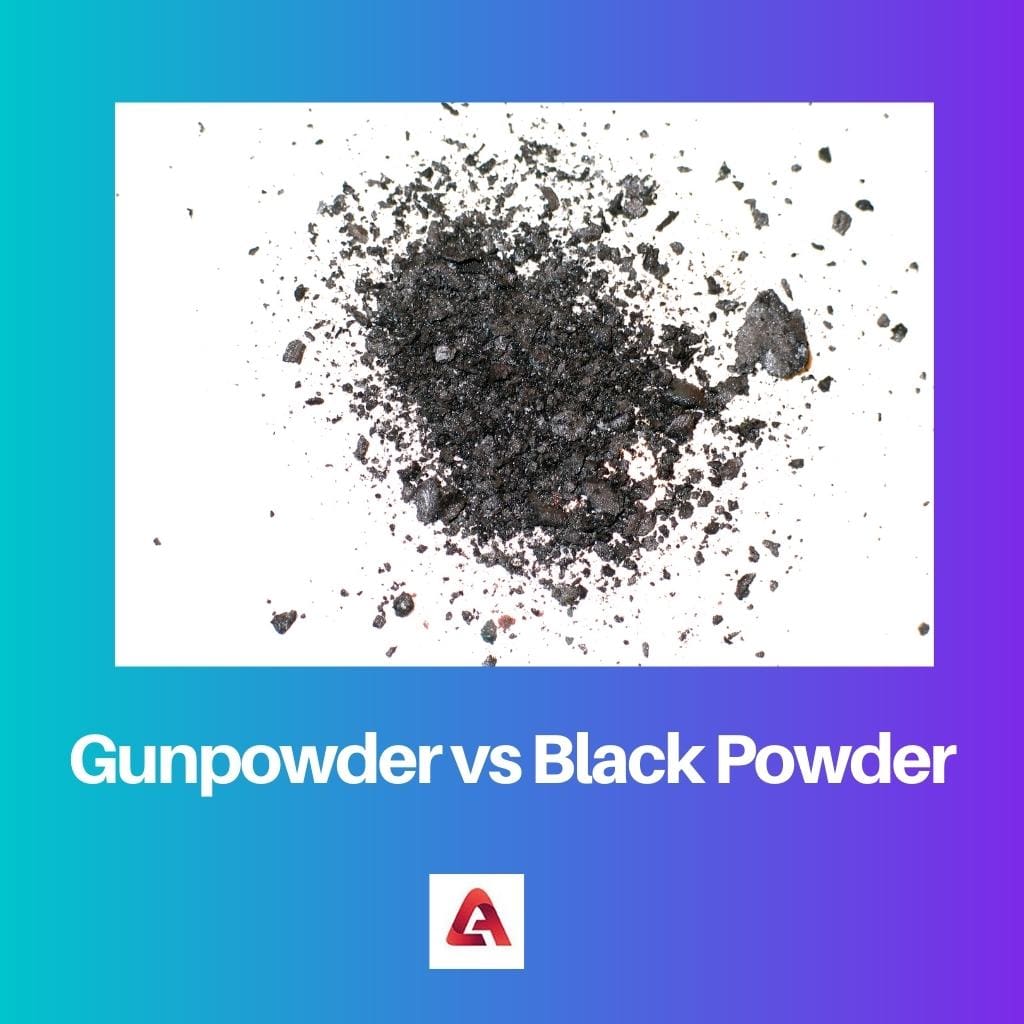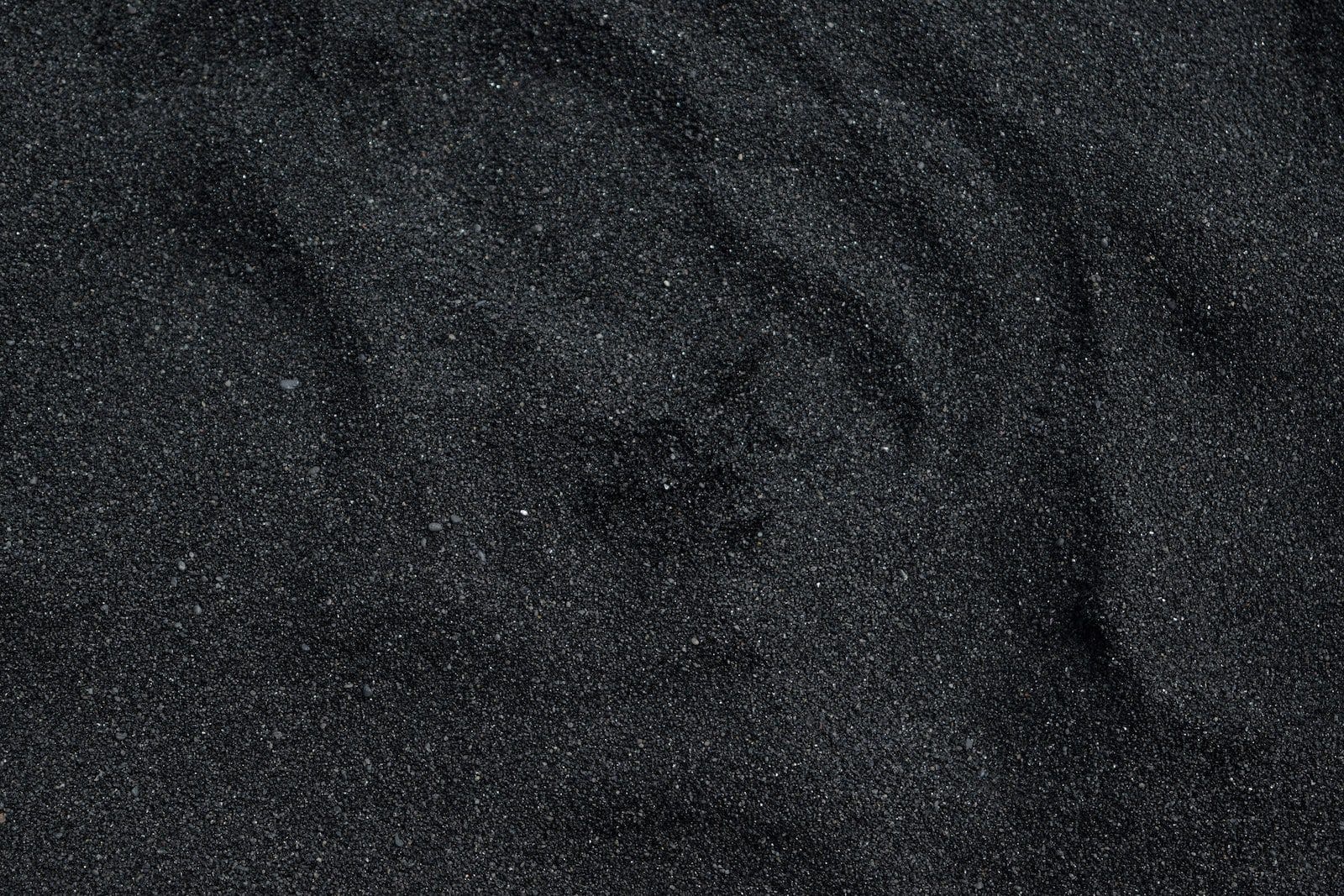Gunpowder and black powder are used interchangeably, but gunpowder refers to a refined version containing potassium nitrate, charcoal, and sulfur, offering more consistent combustion and cleaner ignition. Black powder, historically the original form, is less refined, composed of the same ingredients but with variable ratios, resulting in more unpredictable combustion and residue.
Key Takeaways
- Gunpowder and black powder are types of explosive powder developed at different times.
- Gunpowder is a mixture of saltpeter, sulfur, and charcoal and was developed in the 9th century in China for military use.
- Black powder combined saltpeter, charcoal, and sulfur and was developed in the 14th century in Europe for firearms and mining.
Gunpowder vs. Black Powder
Gunpowder, also known as smokeless powder, is a modern form of explosive widely used today and much more stable than black powder. Black powder, also known as gunpowder, was the first dangerous to handle explosives ever used and has been used for over a thousand years.

Comparison Table
| Feature | Gunpowder (General Term) | Black Powder |
|---|---|---|
| Definition | A broad term encompassing various explosive propellants used in firearms. | A specific type of gunpowder, the earliest and most common propellant until the late 19th century. |
| Composition | Varies depending on the type. Common types include smokeless powder (nitrocellulose-based) and double-base powder (nitrocellulose & nitroglycerin). | Mixture of potassium nitrate (saltpeter), sulfur, and charcoal. |
| Burning Rate | Can be faster, slower, or progressive burning depending on the composition. | Relatively slow and explosive burning rate. |
| Power | Can be more powerful than black powder depending on the type. | Less powerful than most modern smokeless powders. |
| Cleanliness | Smokeless powder burns cleaner with less residue. | Black powder burns dirty, leaving behind significant smoke and residue. |
| Storage | Generally more stable and less hygroscopic (absorbs moisture) than black powder. | Hygroscopic, requiring careful storage to prevent moisture absorption and degradation. |
| Applications | Used in firearms, ammunition, and some industrial applications (limited for black powder). | Primarily used in historical firearms, pyrotechnics, and some blasting applications (mostly replaced by more powerful and safer explosives). |
| Availability | More readily available in various forms depending on regulations. | Can be more difficult to obtain due to safety concerns and regulations. |
What is Gunpowder?
Gunpowder, also known historically as black powder, is a chemical mixture primarily used as a propellant in firearms, artillery, rockets, and fireworks. It consists of three main ingredients: potassium nitrate (also known as saltpeter), charcoal, and sulfur, combined in specific proportions.
Composition
- Potassium Nitrate (Saltpeter): This compound serves as the oxidizing agent in gunpowder. It provides the oxygen necessary for the combustion of other components. Potassium nitrate is commonly obtained from natural deposits or produced synthetically.
- Charcoal: Charcoal, derived from wood or other organic matter, serves as the fuel in gunpowder. It provides carbon for the combustion reaction and contributes to the release of energy during ignition.
- Sulfur: Sulfur acts as a catalyst in the combustion process, aiding the reaction between potassium nitrate and charcoal. It lowers the ignition temperature and promotes the rapid burning of gunpowder.
History
Gunpowder’s origins can be traced back to ancient China, where it was discovered during the Tang Dynasty (9th century AD). Initially used for fireworks and as a propellant in primitive rocket technology, gunpowder later found application in military warfare, revolutionizing combat tactics worldwide.
Throughout history, the composition of gunpowder varied, with different cultures experimenting with proportions and additives. However, the basic principle of combining potassium nitrate, charcoal, and sulfur remained constant.
Modern Applications
In modern times, gunpowder has been refined and standardized for use in firearms, ammunition, and pyrotechnics. Its controlled composition ensures consistent performance, reliability, and safety in various applications.

What is Black Powder?
Black powder, historically known as gunpowder, is a primitive form of explosive composed of potassium nitrate (saltpeter), charcoal, and sulfur. It was the first chemical explosive to be invented and widely used in various applications, including firearms, artillery, mining, and fireworks.
Composition
- Potassium Nitrate (Saltpeter): As with gunpowder, potassium nitrate serves as the oxidizing agent in black powder. It provides oxygen for the combustion process, enabling the other components to burn rapidly.
- Charcoal: Charcoal, derived from wood or other organic matter, acts as the fuel in black powder. It contains carbon, which reacts with oxygen from the saltpeter during combustion, releasing energy in the form of heat and gas.
- Sulfur: Sulfur plays a critical role as a catalyst in the combustion reaction of black powder. It lowers the ignition temperature and promotes the rapid burning of the mixture, contributing to the explosive nature of the powder.
History
Black powder has a long and significant history, dating back to ancient China during the Tang Dynasty (9th century AD). It was initially developed as a propellant for fireworks and later utilized in military warfare, revolutionizing tactics and weaponry.
Throughout history, black powder was widely used in cannons, muskets, rifles, and pistols. However, its unpredictable nature and tendency to produce smoke and residue limited its effectiveness and safety compared to modern propellants.
Decline and Modern Use
With the advent of more advanced propellants, such as smokeless powder, black powder’s popularity in military and civilian firearms declined. Smokeless powder offered better performance, reduced fouling, and increased safety.

Main Difference Between Gunpowder and Blackpowder
- Composition:
- Gunpowder contains refined and standardized proportions of potassium nitrate, charcoal, and sulfur, offering more consistent combustion.
- Black powder, on the other hand, is a primitive form with variable ratios of the same ingredients, resulting in less predictable combustion and residue.
- Performance:
- Gunpowder’s controlled composition ensures reliable ignition, consistent burn rate, and cleaner combustion, making it safer and more efficient for modern firearms and pyrotechnics.
- Black powder’s unpredictable nature and tendency to produce smoke and residue limit its effectiveness and safety compared to gunpowder, although it retains historical significance and is used in certain niche applications.
- Applications:
- Gunpowder is primarily used in modern firearms, ammunition, and pyrotechnics due to its controlled properties and reliability.
- Black powder finds niche applications in historical reenactments, traditional firearms, and fireworks displays, preserving its cultural heritage and historical significance.

References
- https://www.sciencedirect.com/science/article/pii/B9780444423559500086
- https://link.springer.com/article/10.1007/s00414-014-1064-3